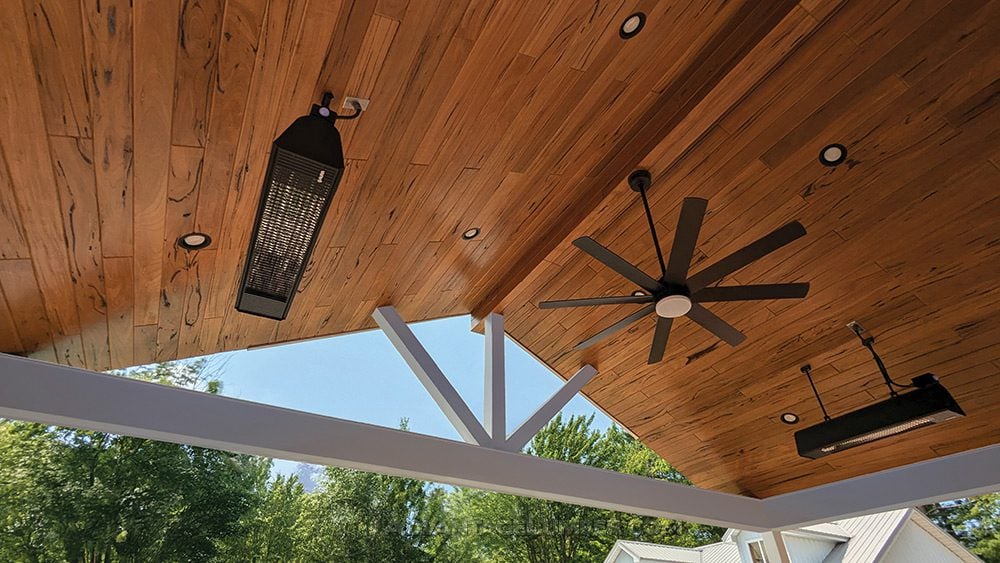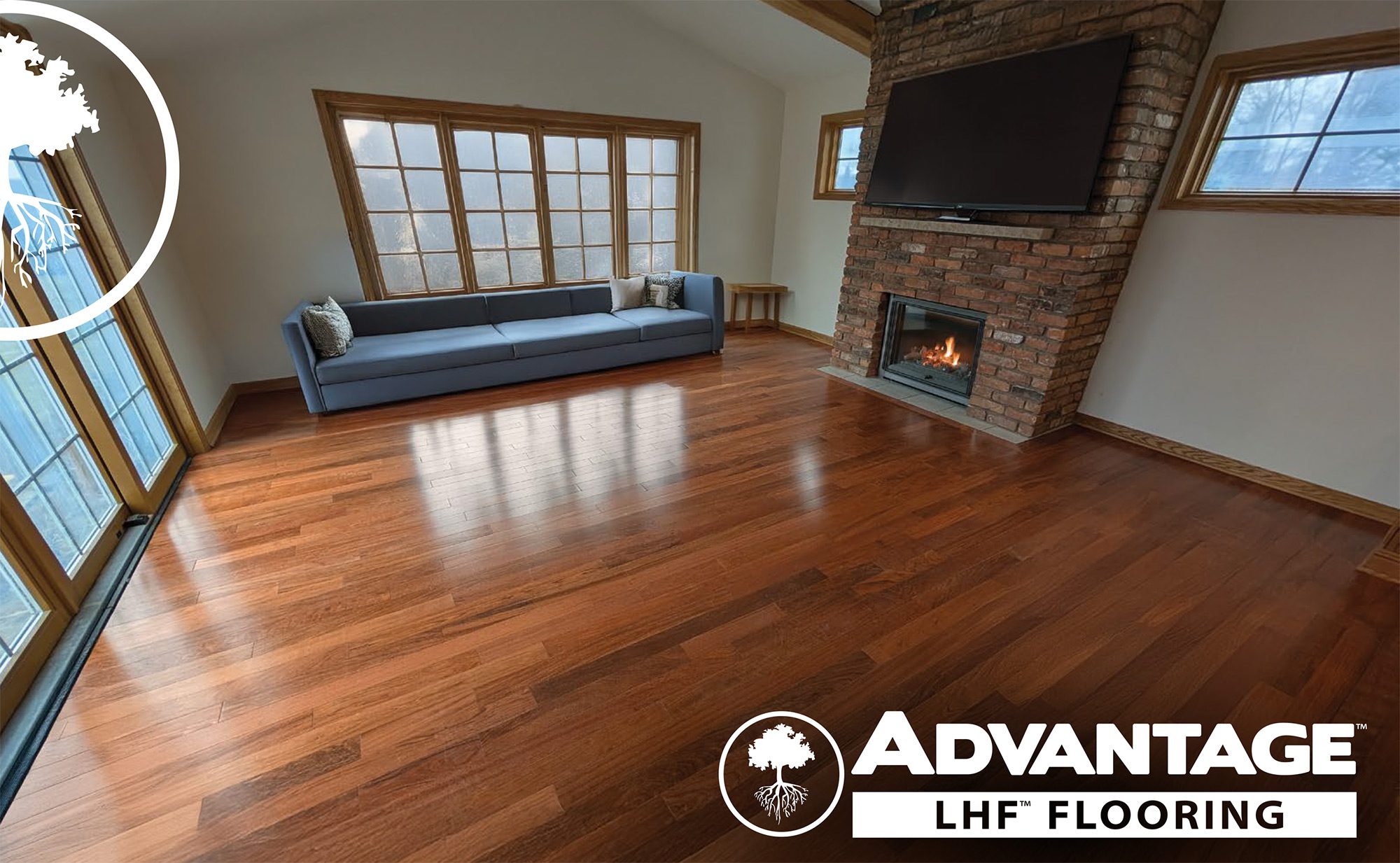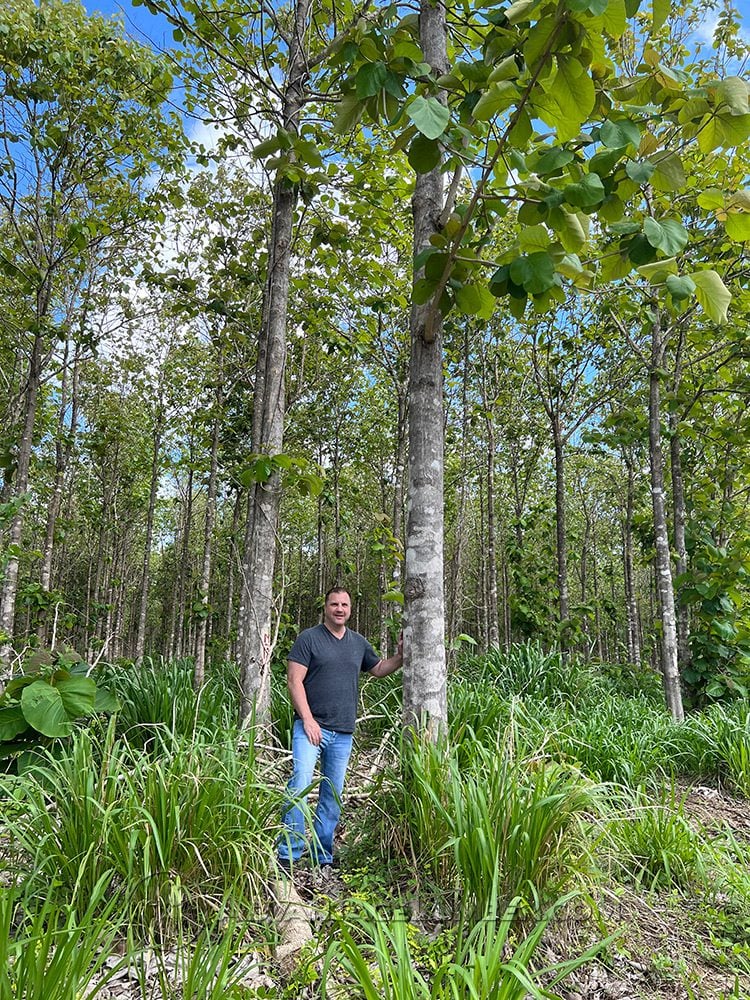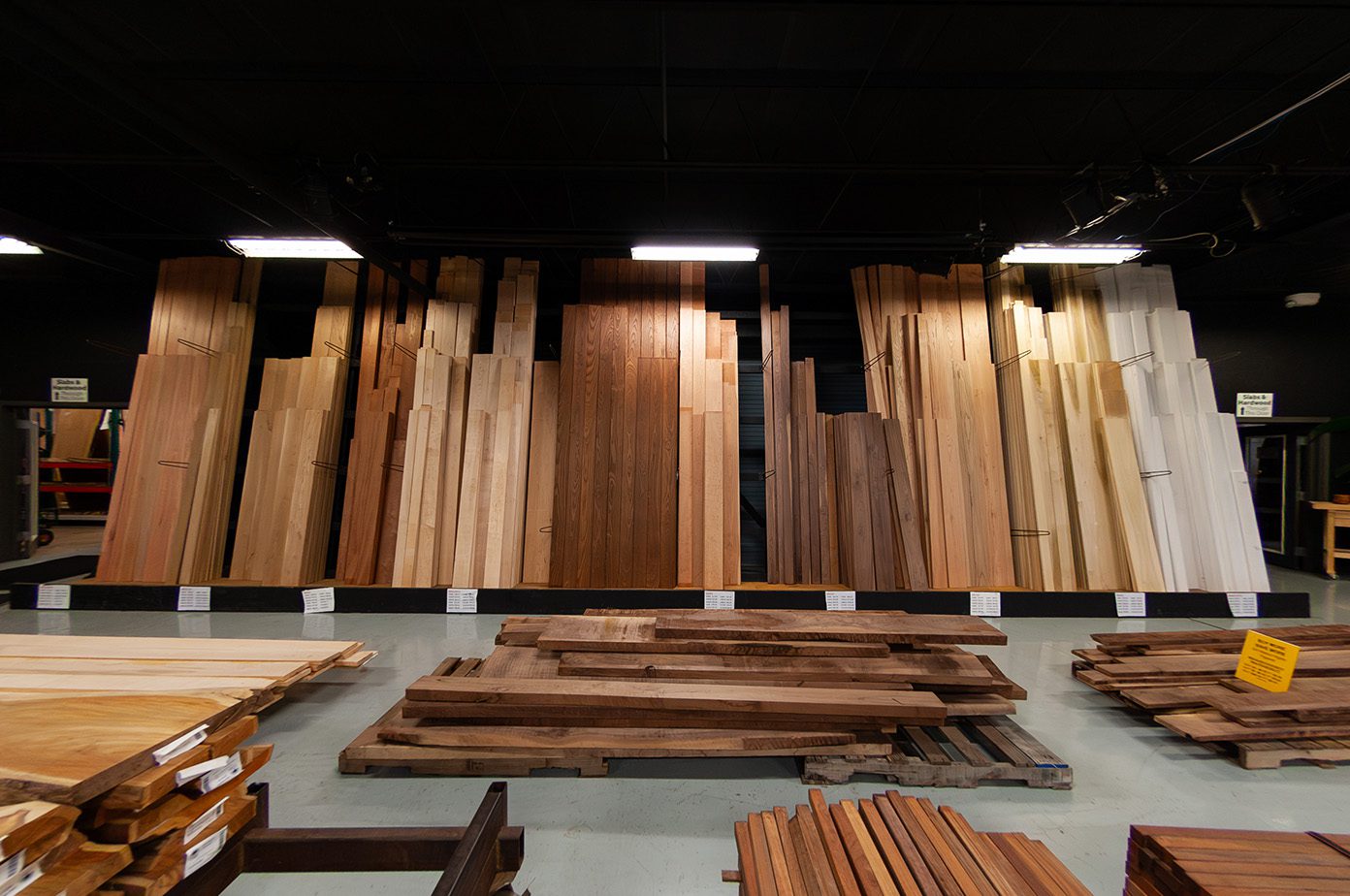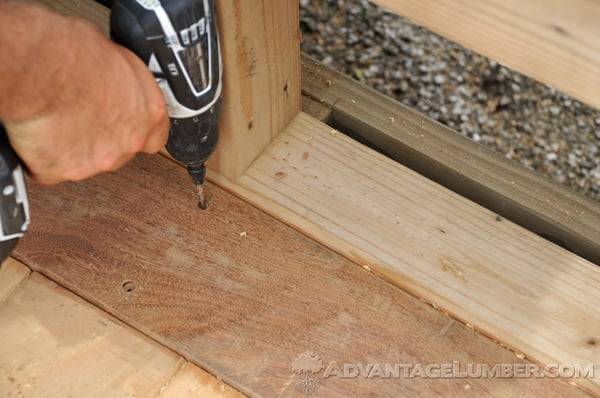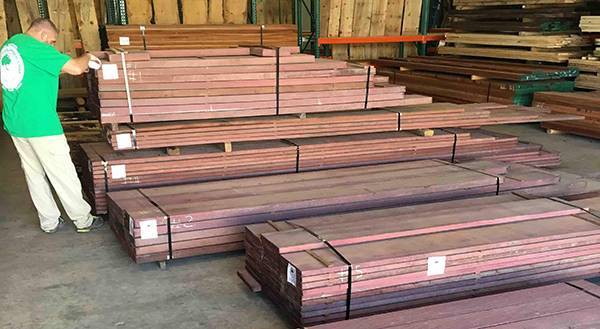Exploring the Beauty of Wood Ceilings: Styles, Types, and Popular Species
Wood ceilings have a timeless appeal that blends natural warmth with architectural character. Whether your design leans rustic, modern, or traditional, there’s a wood ceiling style to elevate your space. Let’s explore some of the most popular types of wood ceilings and the wood species that bring them to life. Tongue and Groove Ceilings Tongue …
